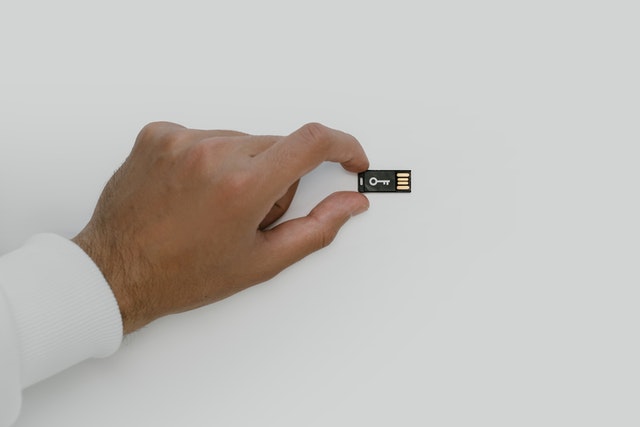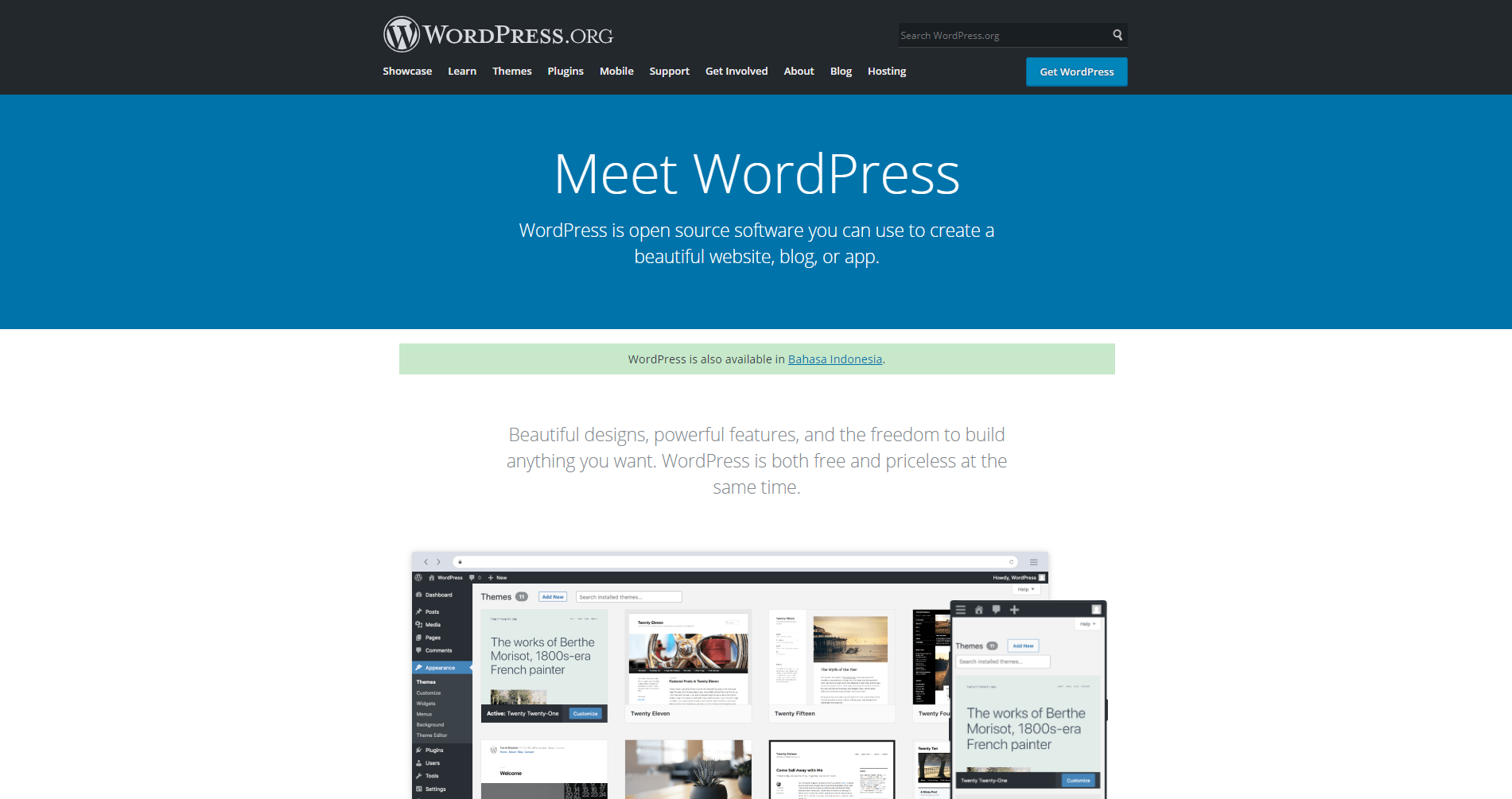Data leaks are an ugly threat to anyone’s Internet presence, but they’re not all too scary when you have a plan of action. There are dozens of ways hackers and spammers can troll through your website, looking for loopholes and vulnerabilities. If not handled properly, it can have devastating consequences across all aspects of a business, website, or enterprise.
Here are six ways you can stop data leaks in your organization for 2022.
Track All Network Traffic
It’s easier to spot suspicious activities if more business network traffic is monitored. For data breaches to be successful, thieves must first survey to discover the exact security measures to be bypassed.
Companies can use data leak prevention technologies to uncover and strengthen security flaws to prevent reconnaissance campaigns. Privilege access to sensitive data may necessitate revisions to security policies.
Analyze the Danger Posed by Unaffiliated Third Parties
Your vendors may not be as concerned about cyber security as you are. It is critical to keep an eye on the security posture of all providers to avoid a data breach.
It is standard practice to conduct vendor risk assessments to ensure third-party compliance with regulations like HIPAA, PCI-DSS, or GDPR. A third-party attack surface monitoring system would be excellent for sending out risk surveys, which could be derived from current frameworks.
The risk management requirements of a significant third-party cloud service network can be tough to keep up with. Third-party risk management is best to have security as a service provider to avoid being exposed to vendor risks that make firms vulnerable to data breaches.
Ensure That All of the Endpoints Are Protected
Any remote access point that communicates with a business network, either through end-users or autonomously, is an endpoint. Internet of Things (IoT) gadgets, PCs, and mobile devices are all included in this category.
Remote working has made it more challenging to safeguard endpoints because they have become more distributed (often even worldwide). Endpoint security is not achievable just through firewalls and VPNs. Employees are often persuaded to put malware into a system to circumvent security measures.
Organizations must educate their employees on how to spot phishing emails and other forms of social engineering. Data leakage prevention can be achieved through education.
Make a List of All Private Data
Businesses must first identify their sensitive data to implement Data Loss Prevention (DLP) measures. This material must be categorized accordingly to comply with tight security regulations.
Other types of private information, such as Protected Health Information (PHI), could be included in these categories. According to MIT, any corporation can tailor the most effective data leak prevention defenses for each category if all sensitive data is discovered and appropriately categorized.
Analyze Each And Every Authorization
Users who don’t need your private information are currently able to get their hands on it. As a first step, all access rights should be reviewed to ensure that only authorized parties are permitted access.
Afterward, all vital data should be grouped into distinct sensitivity levels so that separate pools of data can be restricted. Access to sensitive information should be restricted to only those employees who can prove their trustworthiness and meet their basic job requirements.
This privileged access assignment process may potentially expose any wrong insiders who enable the exfiltration of sensitive data.
Make Sure Your Employees Are Aware of Security Threats
Employees have access to sensitive information, but they may not be aware of their responsibilities to ensure its safety. For non-technical staff, phishing attempts and other social engineering methods are designed to take advantage of their lack of knowledge about how to protect themselves from cyber-attacks.
An employee’s understanding of hazards and how to minimize exposure is enhanced via security awareness training. It can be customized to meet the demands of the business and adhere to all essential security frameworks, such as HIPAA and PCI, if applicable.
Conclusion
Leading technology companies invest in record levels to secure their vast cloud infrastructure, file sharing applications, and email servers. In 10 years, this will become the norm for businesses worldwide. It’s recommended that you take these measures to prevent data leaks in 2022. All it takes is an investment of time to protect your business from data loss and ensure compliance with imposed security standards.




















